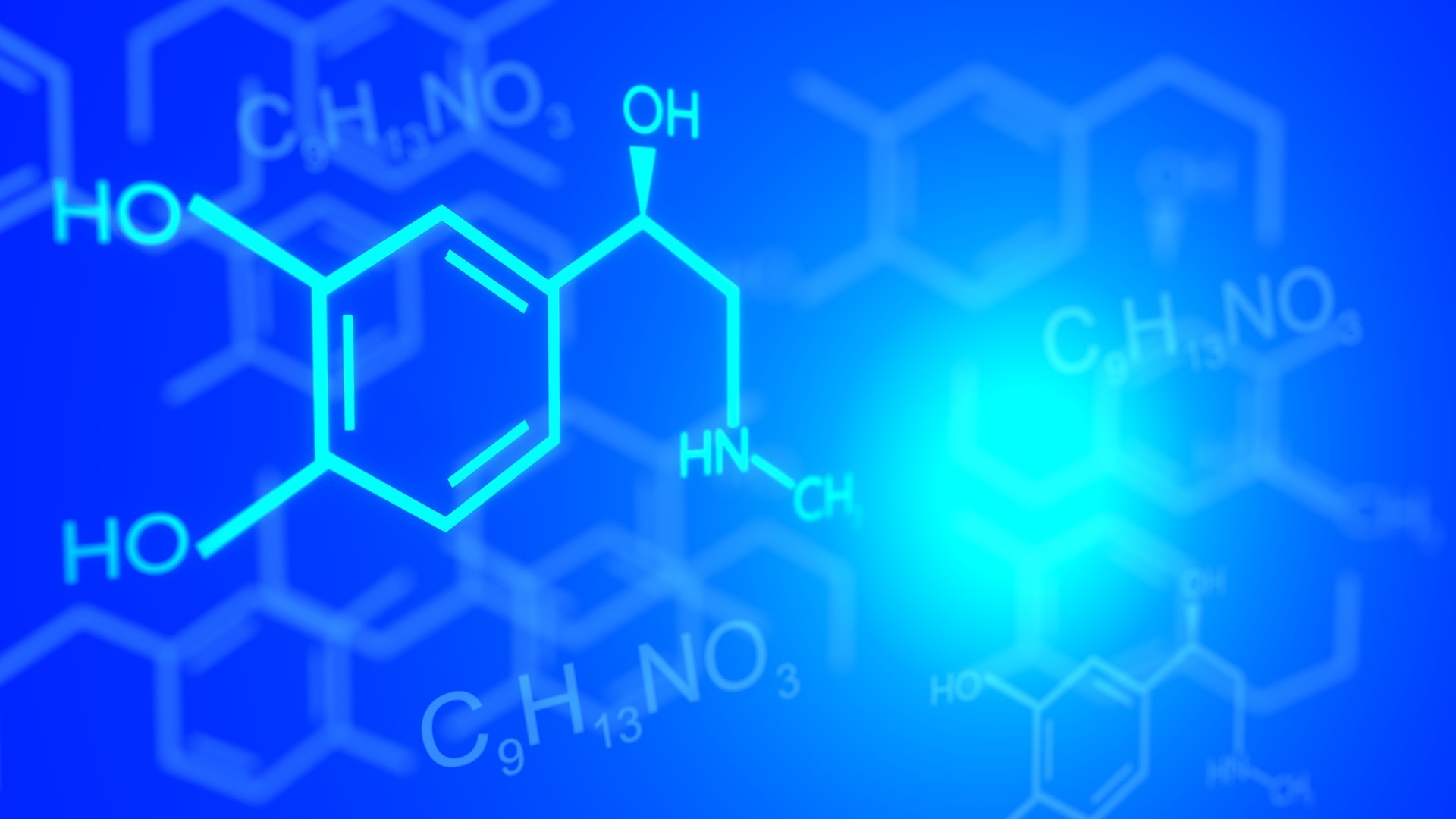ORGANIC CHEMISTRY : Mass Spectroscopy
MS : Mass spectroscopy
The mass of a compound can be obtained from the mass of the total mass of atoms that make the compound. The elements with different isotopes have percent abundance that appear as different peaks in the spectrum. Isotopes of hydrogen are protium H, Deuterium D, and Tritium T. Carbon isotopes are C-12, C-13, and C-14. Oxygen isotopes are O-16, O-17 and O-18. These can be used to identify the atoms in a compound. In addition to this , it is has been found that a compound will breaks apart due to some methods used. The fragments are ionized and identified as peaks in a mass spectroscopy and this is a common procedure in organic chemistry. Examples of fragments and their masses include benzene -77, H2O -18 etc.


